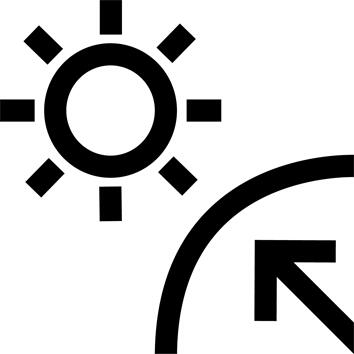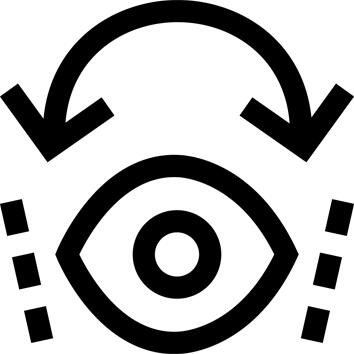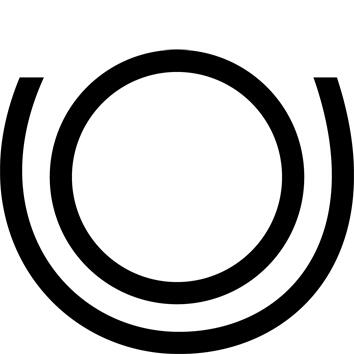UV protection
Because UV rays are harmful to the eyes, all our ski masks are certified 100% ANTI UV.
Photochromic screen
Photochromic screens darken in large part thanks to ultra-violet rays. Depending on their presence, the screen tint will be darker or darker during the day.
Screens are not scratch-resistant.
Anti-fog
Double shield with inner face treatment combined with ventilation on the frame to ventilate the inside of the ski mask.
To ensure good ventilation of the inside of the mask, avoid closing these vents, as with a nose-patch, for example.
Take care not to rub the inner face of the shield, but to carefully dab the surface to maintain the anti-fog effect for as long as possible.
Dual screen
A mask with a double shield helps to limit fogging. This is because the air trapped between the 2 shields acts as a thermal insulator, reducing the thermal shock between the inside of the mask and the outside, and thus slowing down fogging of the inner shield. To complete the picture, the inner screen also receives an anti-fog treatment.
Cylindrical screen
Cylindrical double screen, for a wide horizontal field of vision
Compatibility
With Julbo and other helmets on the market
Strap
Elastic Polyamide, Polyester and rubber 40 mm high, 3 anti-slip silicone strips
Semi-rigid case
Remember to protect the mask, and especially the screen, from scratches before and after use.
Colored screen flashed
A colored coating on the outside of the ski mask's lens (known as a colored multilayer) reduces the % transmission of light reaching the eye, meaning less glare and greater visual clarity in bright conditions.
Prevent fogging
Moisture promotes fogging. So avoid saturating foams with moisture, for example by putting a ski mask on a wet helmet or cap. Falling face-on to the snow is a major factor in fogging. That's why, in all cases, you need to dry your ski mask overnight to eliminate all traces of moisture, so that you can ski again the next day with a perfectly dry mask.







